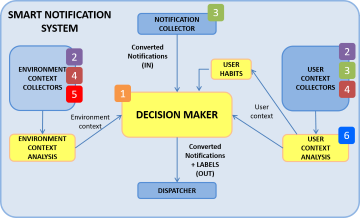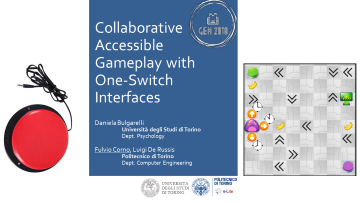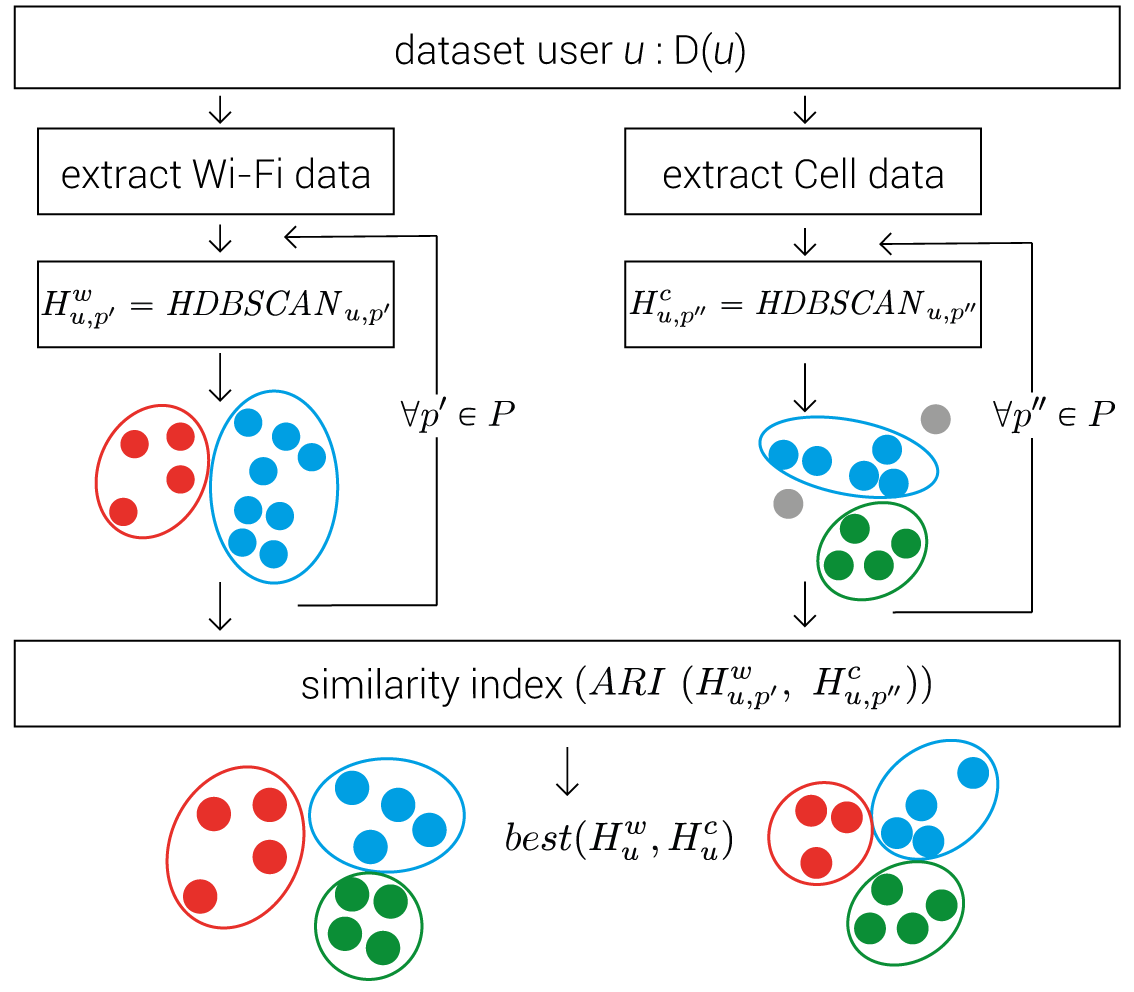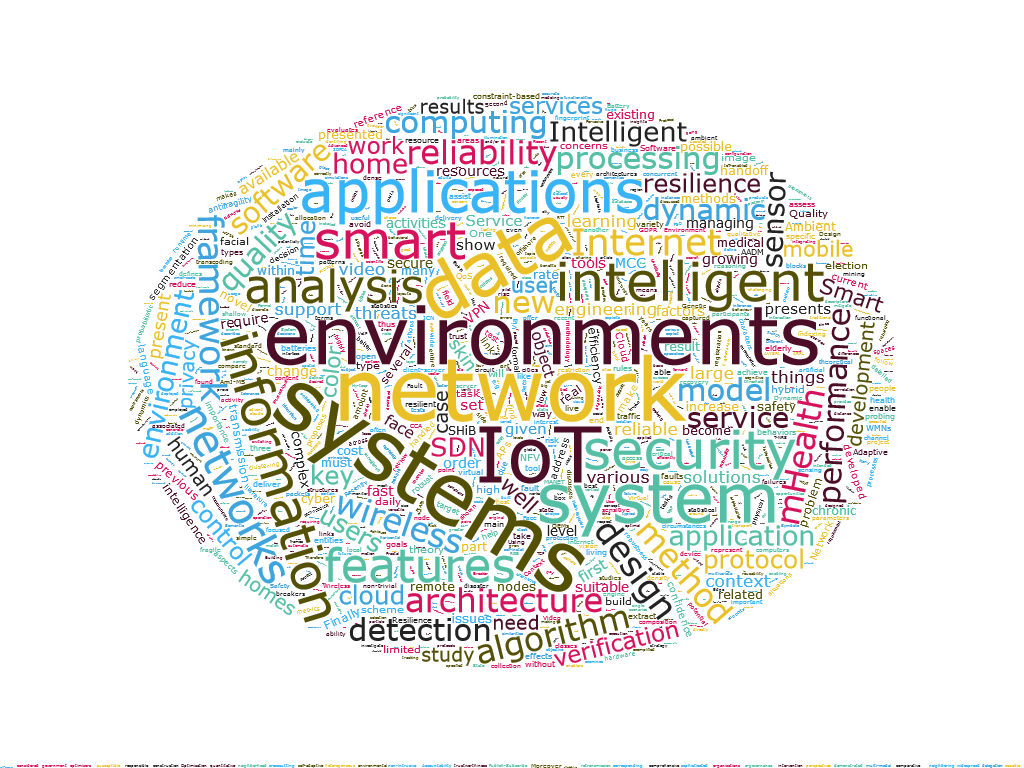- Details
Teodoro Montanaro councludes his Ph.D. in Control and Computer Engineering on Monday, September 10, 2018, with the final presentation and defense.
Teodoro will present his thesis "IoT Notifications: from Disruption to Benefit - Architectures for the Future of Notifications in the IoT", refereed by Giuliana A. Franceschinis (Università degli Studi del Piemonte Orientale) and Ana M. Bernardos (Universidad Politecnica de Madrid - ETSIDI) in front of the commission composed by the referees and Antonio Servetti (Politecnico di Torino), Marco Torchiano (Politecnico di Torino), and Cristina Gena (Università degli Studi di Torino).
The defense will take place in Sala Ciminiera (5th floor) at 11:00.
Note: the defense is co-located with the seminar "Drones as IoT Platforms" by A.M. Bernardos.
- Details
On Monday, September 10, 2018, Ana M. Bernardos from Universidad Politécnica de Madrid will hold a seminar about Drones as IoT Platforms: Architectures and Applications.
Drones are becoming powerful data acquisition and response platforms in diverse application fields, from critical infrastructure inspection to emergency management or urban design. Despite the regulatory steps forward and the increasing presence of these flying robots in our daily environments, there are still relevant issues to solve to normalize their presence in civil scenarios. In this context, the seminar will present different technologies and systems that have been recently developed within the Information Processing and Telecommunications Center at UPM to enable enhanced drone fleet management, automated data acquisition and knowledge extraction from in-flight data, and enhanced mission information interaction. The seminar will also pursue to activate the discussion on the operating, business and societal challenges that the use of drones in civil environments pose.
The seminar is open to all interested researchers and enterprises.
Note: the seminar is co-located with the Ph.D. defense of Teodoro Montanaro.
- Details
On August 16, 2018, Fulvio Corno presented the paper "Collaborative Accessible Gameplay with One-Switch Interfaces" at the audience of the IEEE GEM 2018 (IEEE Games Entertainment & Media conference), held in Galway (Ireland).
The paper tackles the problem of enabling children with severe motor disabilities to participate in multiplayer games with their peers, thus providing opportunities for socialization and fun inside families or classrooms. We present a collaborative two-player puzzle game, based on several levels of labyrinths that need to be solved by moving the two players’ characters. The characteristics of the game (such as the absence of time constraints, and the need of the players to coordinate their moves) were defined in a study group involving computer scientists, psychologists and speech therapists. The game was designed and implemented to be controllable with a single-switch interface, thanks to the GNomon interaction method. A preliminary evaluation has been conducted with 5 couples of able players (mostly children) who enjoyed the game and gave us useful insights.
- Details
The e-Lite group will participate in the IEEE Games, Entertainment and Media conference (IEEE GEM 2018), by the IEEE Consumer Electronics Society, that will take place in Galway, Ireland, on August 15-17. The IEEE GEM 2018 conference is a platform for disseminating innovative research and development work on game, entertainment, and media technologies, applying lessons learned, and developing new ideas through audience interaction.
Fulvio Corno will present a paper entitled "Collaborative Accessible Gameplay with One-Switch Interfaces", co-authored by Daniela Bulgarelli and Luigi De Russis. The paper will describe how video games may be used to overcome accessibility problems and to stimulate collaboration and socialization for children with disabilities. We will present a collaborative multi-player game, playable with a one-switch interface thanks to the GNomon interaction framework.
- Details
Future generation networks will face ever increasing demands, of bandwidth and latency performance figures, to keep up with the growing requirements of a wider user base and the amount of IoT devices needing connection. Network infrastructure already depends on extensive caching and migration of resources (e.g., content delivery networks) to keep the desired contents "closer" to the user. However, as users move to different locations over their daily routines, and consequently switch network providers (home Wi-Fi, cellular on the road, work Wi-Fi, restaurant Wi-Fi, etc.), even "small" user movements might imply "large" networking differences.
The paper An Unsupervised and Non-Invasive Model for Predicting Network Resource Demands, that is due to appear on the IEEE Internet of Things Journal, develops an usupervised approach to detect "meaningful network locations" for a user, without using any additional data over what service providers already have, and allows predicting the future user locations (from the network point of view, without regard to the geographical location) and therefore optimize the required network resources. The machine learning approach is based on a conjoined clustering phase for detecting meaningful network location and their relevance in time, followed by a Markov chain model for estimating spatio-temporal transition probabilities. The work has been developed as a fruitful collaboration between members of the e-Lite group and of the CAD group at Politecnico di Torino.
- Details
Does research in Intelligent Environments satisfy the expectation of its prospective users? Are the needs and requirements of end users considered in the development of new Ambient Intelligence systems? The paper "User expectations in intelligent environments" by Fulvio Corno, published on the Journal of Reliable Intelligent Environments, explores these questions by comparing the contents of recent literature with the actual techniques and methodologies that prove that users have been involved in the research.
Abstract:
The definition of Intelligent Environments has always been focused around their users, aiming at helping them in a smart and transparent way, and avoiding bothering them or acting against their will. The complexity of IEs, whose technologies range from sensors to machine learning, from distributed architectures to tangible interfaces, from communication protocols to data analysis, challenges researchers from various fields to contribute innovative and effective solutions. In this quest for technical solutions to the myriad requirements of an intelligent environments, user expectations are often left behind, and while researchers tend to focus on niche technical aspects, they risk of losing the big picture of an IE "helping users in their daily life".
This paper analyzes the recent literature of the Intelligent Environments' research community, aiming at highlighting to which extent users are taken into account, or are involved, into the reported research works. Evidence shows that, while most papers refer to users in their description, only a small minority actually involve them in the design, testing or experimentation phases.







